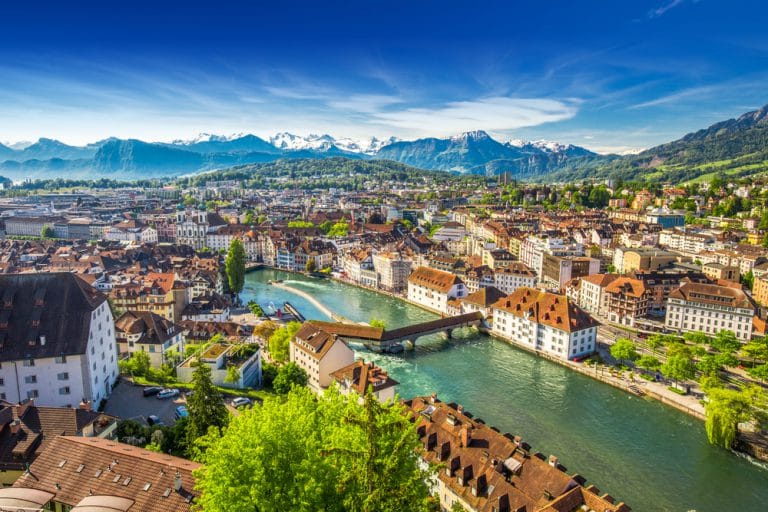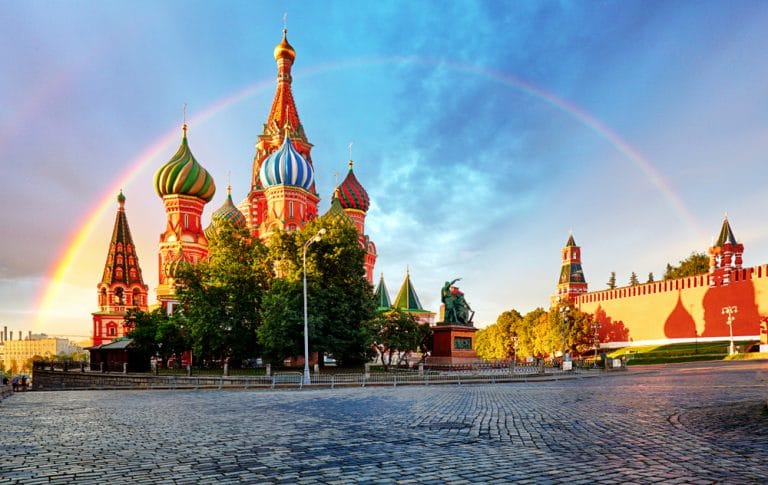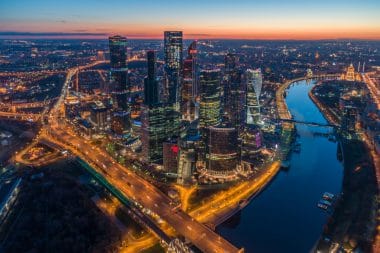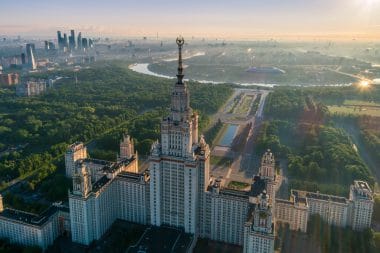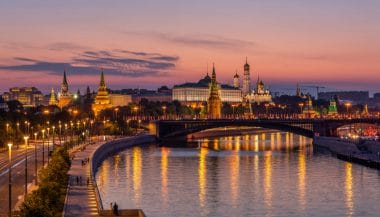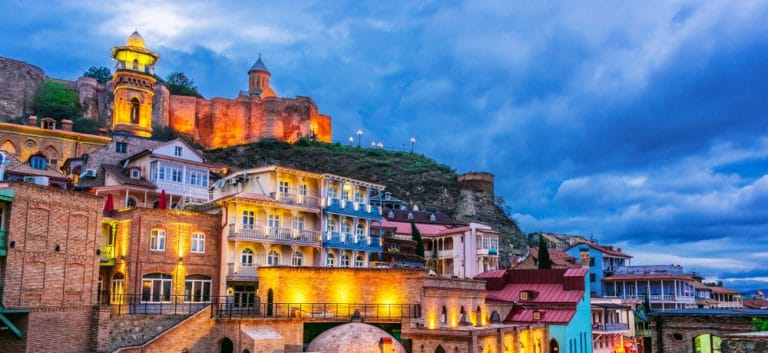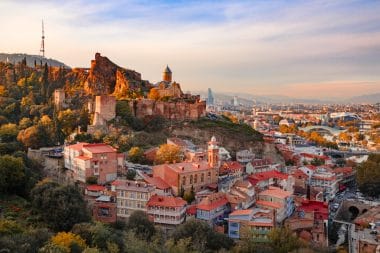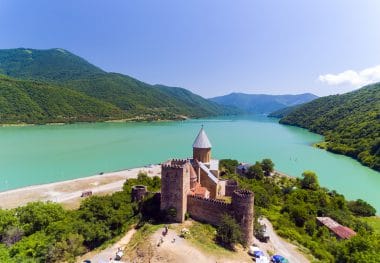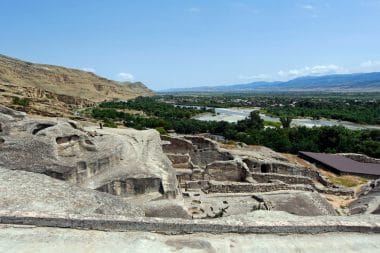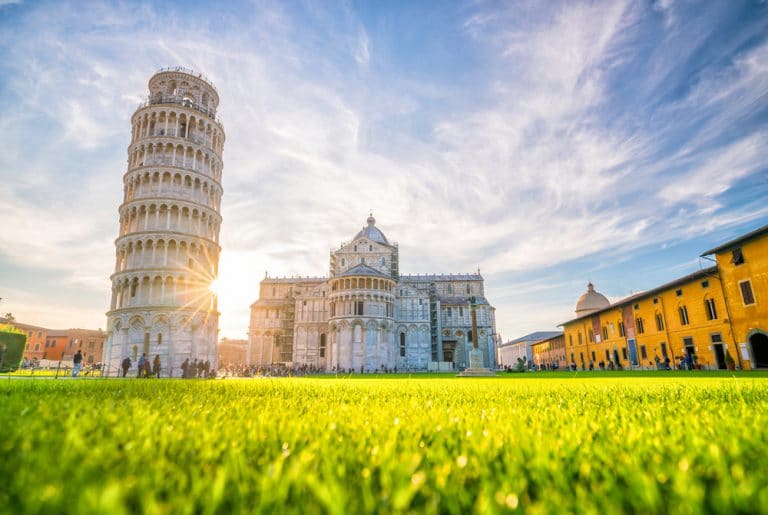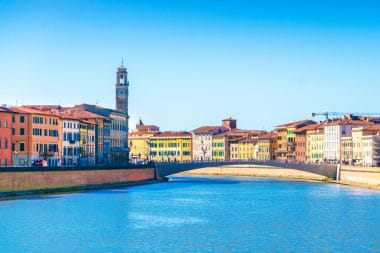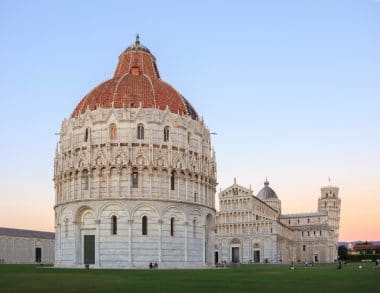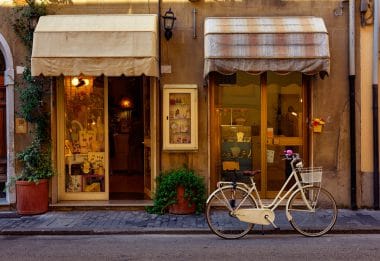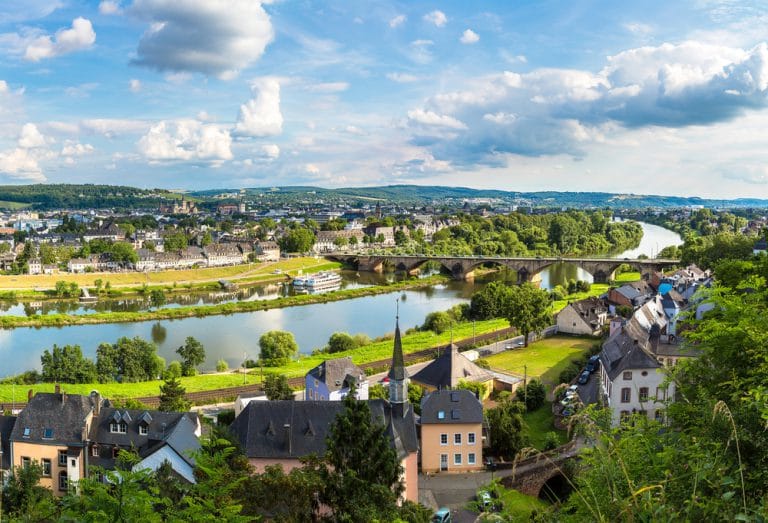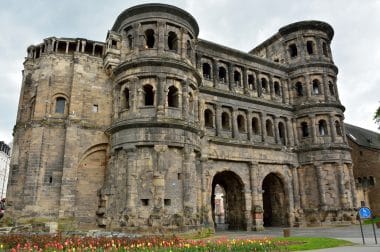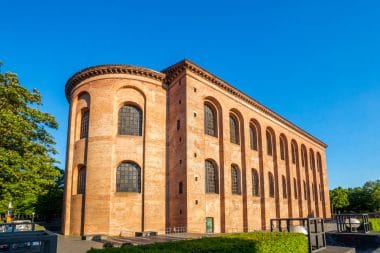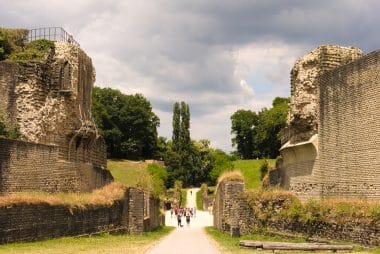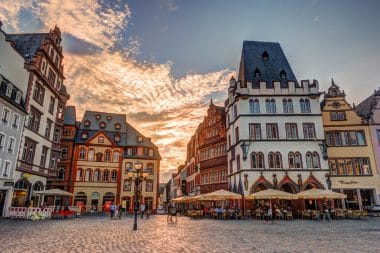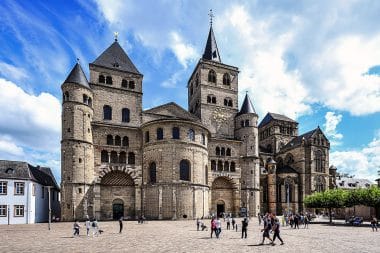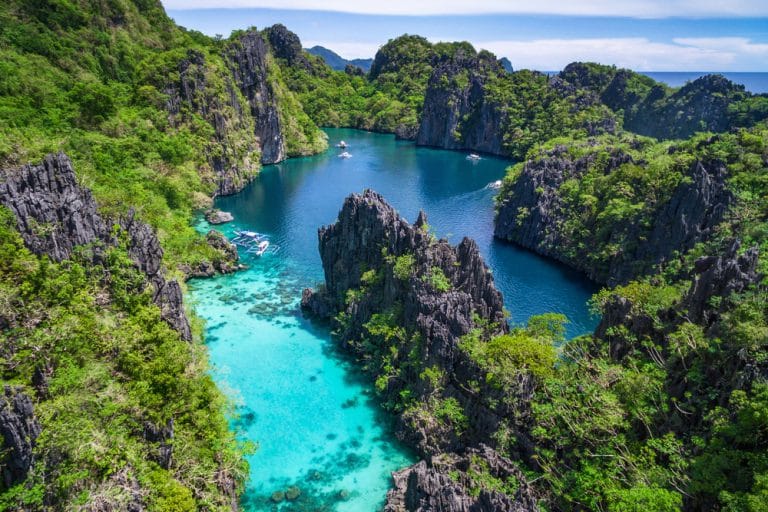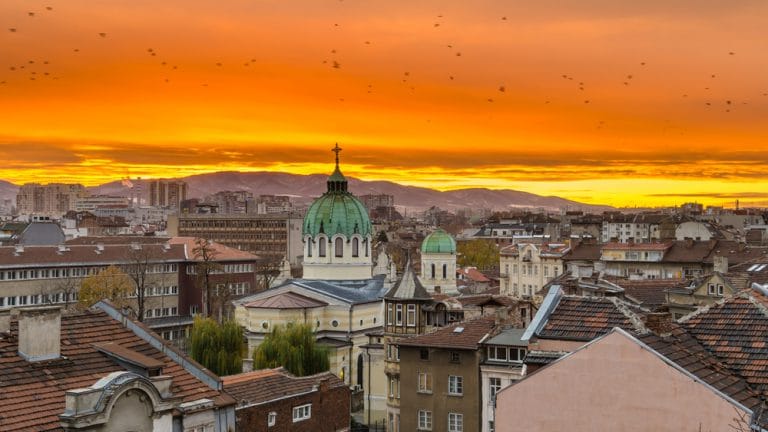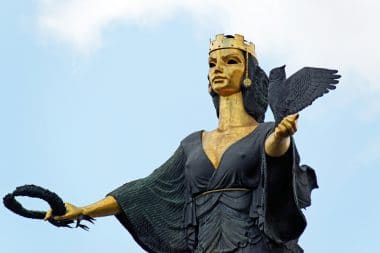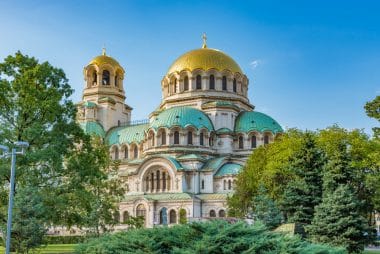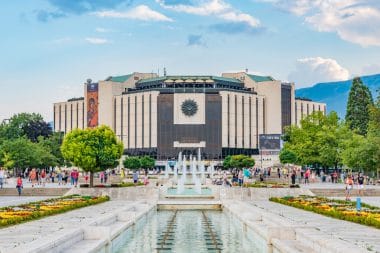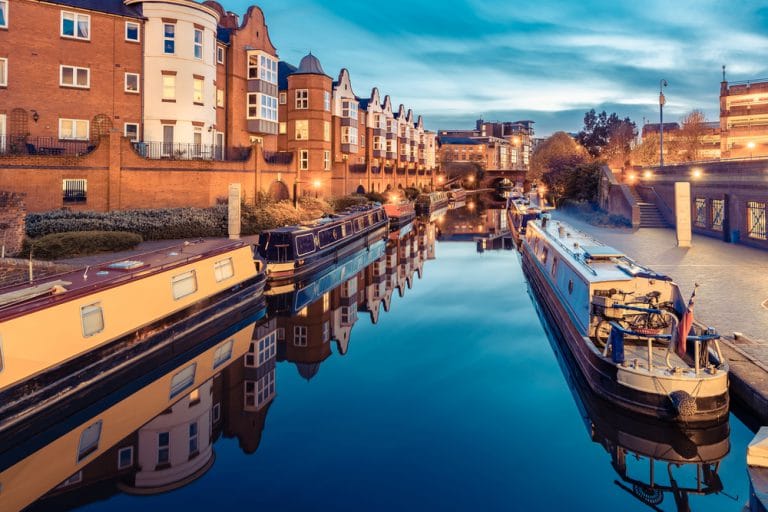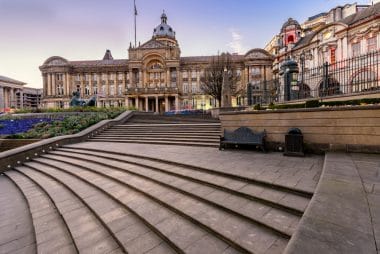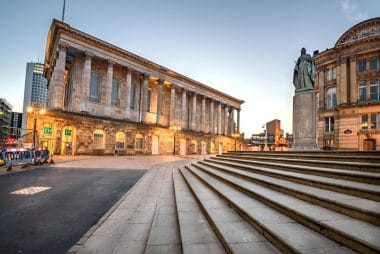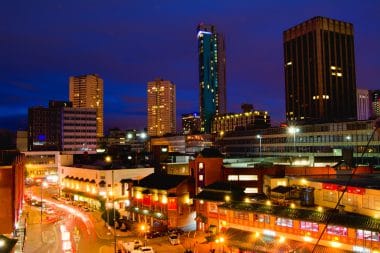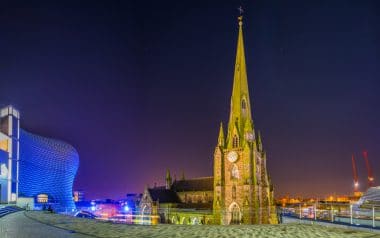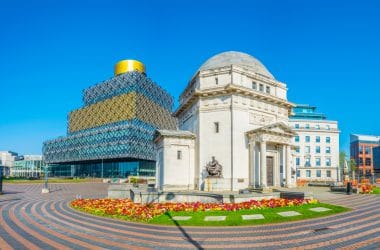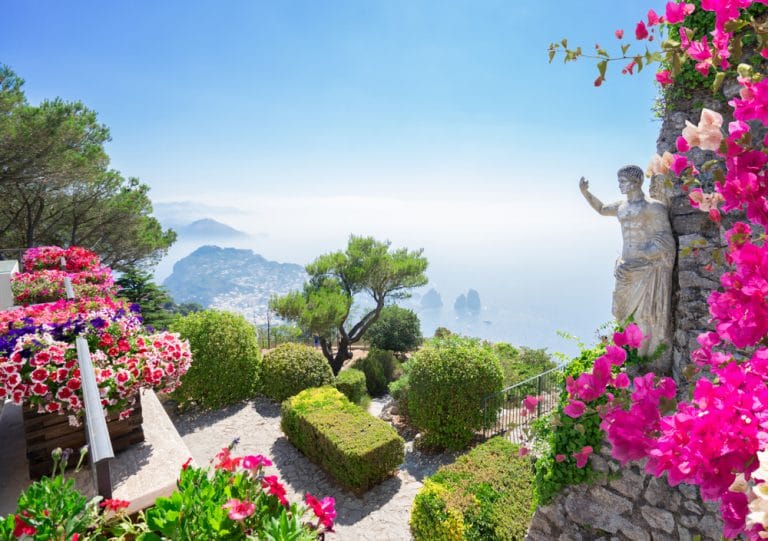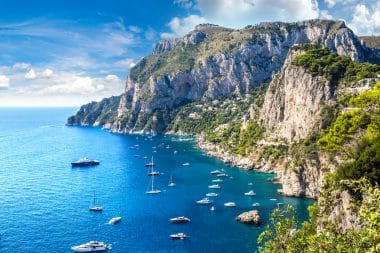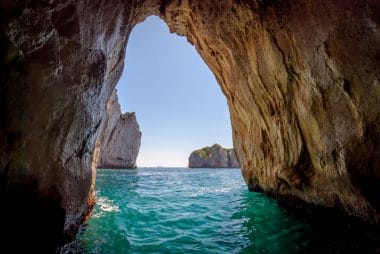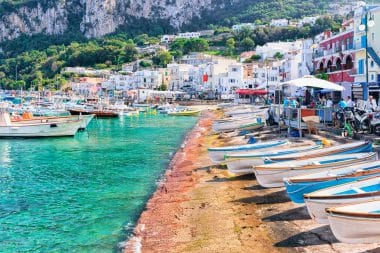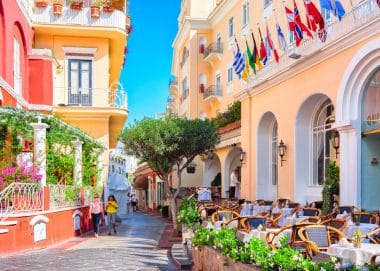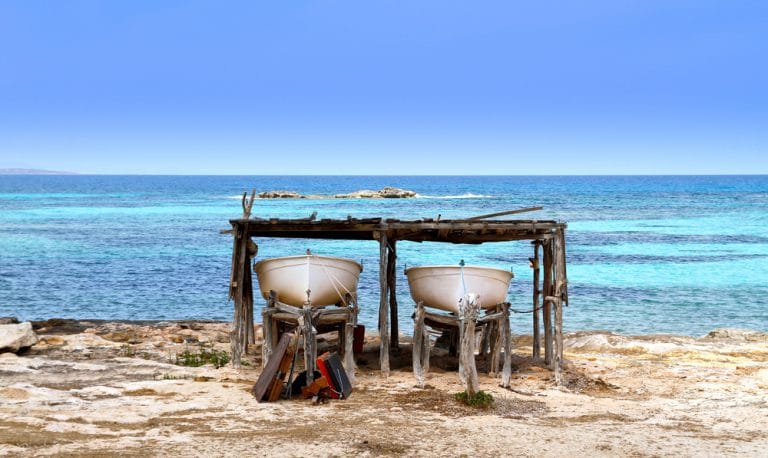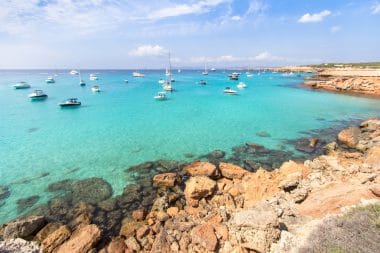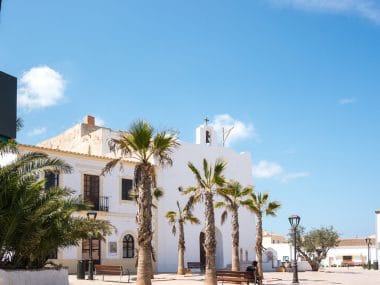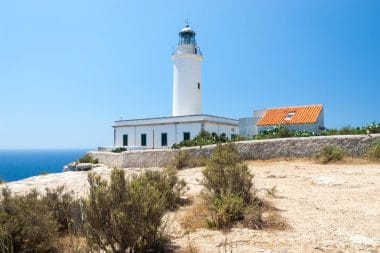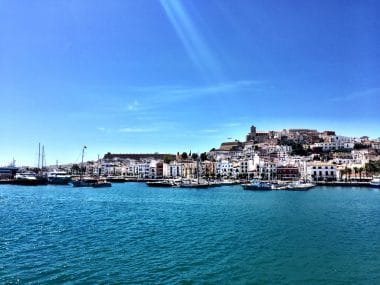Lucerne is a particularly popular destination for tourists in Switzerland. The city, first mentioned in 840, is the cultural and social centre of Central Switzerland. Despite its great importance in the region, it is of a manageable size with around 80,000 inhabitants and offers good air and, last but not least, magnificent panoramas.
Guests come to Lucerne not only because of the large number of sights in the city and because of the general, pleasant way of life. The proximity to the Alps and the location directly on Lake Lucerne also make the city so attractive for a weekend or even a longer stay.
Sights in Lucerne
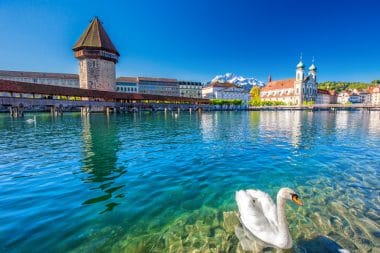
The most famous is certainly the Chapel Bridge, which is one of several bridges that connect the old town with the new town. In any case, it is the most visited and most photographed of the bridges over the Reuss, which roughly divides Lucerne into two halves.
It also dates back to 1365 and is the second longest covered wooden bridge in all of Europe. The Chapel Bridge covers an impressive 202 metres and features Lucerne’s landmark in its centre: the octagonal water tower.
At the same time, from about 1350, the Musegg Wall and the Musegg Towers were built. They also bear witness to the long history of the city, as does the entire old town of Lucerne, which is well worth seeing.
Other historic buildings in Lucerne
The Lion Monument, which was built in 1819, is definitely worth mentioning here. Also worth seeing on a trip to Lucerne: the Chateau Götsch, which was completed in 1888. It is also considered one of the city’s landmarks.
In addition, there are many other churches, such as the Matthäuskirche, the Hofkirche St. Leodegar im Hof and the Franciscan Church. Other religious buildings include the monastery of St. Anna above the city and the Jesuit church, which is the oldest baroque church in the whole of Switzerland.
Another highlight of the sights is the Ritt Palace, which is a palace building from the 16th century and now functions as a government building. Nevertheless, visits are also possible here – and also highly recommended.
Museums in Lucerne
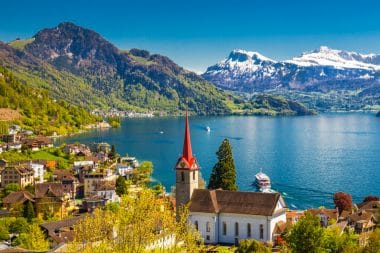
Since Lucerne is also a cultural center of the region, as mentioned, there are also a striking number of museums located in the city.
First of all, there is the Swiss Museum of Transport, which is the most visited museum in the whole country. Several ships, airplanes, locomotives and, of course, automobiles can be found in it. In addition, the Museum of Transport also contains a large planetarium, another attraction of this institution.
Many other museums are worth mentioning here:
- the Richard Wagner Museum
- the Museum of Fine Arts Lucerne
- The Historical Museum
- the Glacier Garden
And this is by no means the name of all the museums that open themselves and their exhibits to visitors to Lucerne – and of course to its inhabitants – in order to illuminate them. This also includes the Bourbaki Panorama, in which a 112-metre (!) wide circular painting by Edouard Castres can be seen. There is thus a corresponding museum for almost all interests.
Lucerne Features
Cruises
It is no coincidence that a number of steamships in Lucerne are also considered assets worthy of protection. The fleet of the SGV based here comprises five paddle steamers, making it the largest worldwide fleet of its kind on fresh water. And excursions on one of these paddle steamers are a classic activity on a trip to Lucerne – not for nothing, because the trip on the water is wonderfully relaxing on the one hand, and on the other hand you can enjoy the great alpine surroundings.
Culinary specialties
Of course, Lucerne also knows how to eat well. Regional specialties are, for example, the Birnenweggen, a pastry filled with pears. In addition, people like to serve the typical Lucerne gingerbread, the Lucerne Chügelipatete or relatively recent creations such as Lozärner Rägetröpfli, a special type of chocolate praline.
Regular events and festivals in Lucerne
Uniquely, October 2 is a holiday here, in honor of St. Leodegar, a Christian martyr who lived in the 7th century AD. Of course, there are many celebrations on this day, but throughout the year, life in Lucerne is busy with a number of celebrations and festivals.
As everywhere in German-speaking Switzerland, Shrovetide naturally plays a major role. But there is also the Lucerne City Festival, which is also celebrated once a year. Other events include the following:
- Lucerne Blues Festival
- Fumetto, a comic strip festival
- Funk am See
- Blue Balls Festival
- PinkPanorama
Lucerne is also a regular venue for internationally relevant sporting events. The Ruderwelt Luzern is an annual rowing regatta on the Rotsee, in addition to the Lucerne Marathon and the Meeting Spitzenleichtathletik Luzern. In this respect, there should be something for every taste and in almost every season of the year in terms of events and activities.


